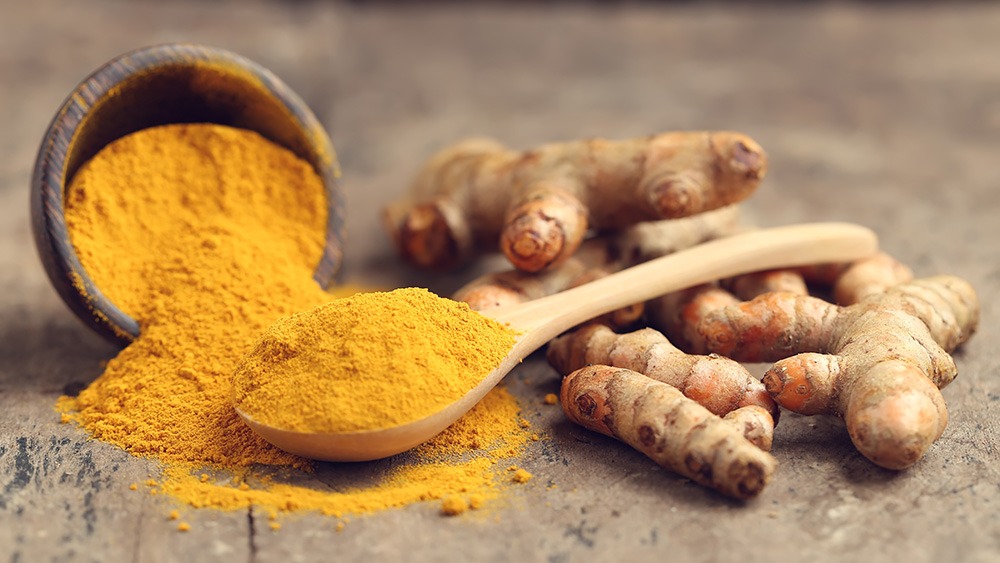Healthy
The Complete Guide to Joint Supplements
Joint supplements can help both preventatively and with existing joint conditions. There are a multitude of different kinds on the market so we will take a look at the relative benefits of each.
What is surprising is that although joint conditions usually present once the dog is fully grown and often later in life, they start in puppyhood. This can be due to a number of reasons but the two which we can do something about are diet and exercise.
When the puppy is growing their growth plates are very vulnerable to over-exercise and also to the activities of daily living such as jumping in and out of the car, on and off the sofa, running up and down the stairs, slipping on wooden/laminate floors etc.
In terms of diet, specially formulated puppy food can be a distinct advantage because up until the age of six months, calcium absorption is passive. This means that if there is too much calcium in the diet (a food that has not been formulated for puppies) the puppy will absorb all of it into the bones. This can affect growth of bone and large breed puppies are especially vulnerable.
Over time cartilage can be damaged due to everyday wear and tear on the joints. Specific supplements may complement existing treatment for joint conditions to help maintain joint health. Here are some of the main types.
Chondroitin Sulphate and Glucosamine
In health, glucosamine is made within the joint but in osteoarthritis this process is compromised and so to offset this, Glucosamine can be given as a supplement. Glucosamine supplements are made from the exoskeletons of shrimp, lobsters and crabs and are found in three forms: glucosamine sulphate, glucosamine hydrochloride and N-acetyl-glucosamine. It is used by the body to make new cartilage. Chondroitin is also sourced from animal or fish cartilage and acts in the body to slow the rate of cartilage damage. Therefore Chondroitin and Glucosamine work together to promote healthy cartilage turnover. Most supplements have a combination of glucosamine and chondroitin sulphate, along with various other compounds such as manganese ascorbate and flavonoids. They are very well researched and there is good evidence for their benefit to joints.
Methylsulfonylmethane (MSM)
MSM is a naturally occurring organic sulphur molecule and a metabolite of dimethylsulphoxide (DMSO) which may have anti-inflammatory properties. Human nutrition studies have shown that it may be effective in the treatment of osteoarthritis and improved symptoms of pain and physical function.
Omega-3 Fatty Acids
Omega-3 fatty acids are known to decrease inflammatory mediators associated with joint disease. A number of recent studies have supported the use of Omega-3 in dogs with osteoarthritis showing improvements in lameness. Supplements are usually in the form of either cod liver oil or pure omega-3 oil. Omega-3 supplements are obtained from the flesh of the oily fish like sardines, rather than just from the liver of the fish. A good quality omega-3 oil is a much better source of omega-3 than fish liver oils as they are purified and do not contain any contaminants.
In addition, there has been a lot of interest in Krill as a source of omega 3 because some research suggests the omega-3 may be more bioavailable than the omega-3s in fish oil but more research is needed on this. However, the use of krill oil is controversial because they make up a vital part of the Antarctic food chain and a huge number of species from penguins, whales, seals and seabirds are directly and indirectly affected by their declining numbers.

Turmeric (Curcumin)
Curcumin is the main biologically active compound in turmeric and it has been shown to have powerful anti-inflammatory and antioxidant properties. Existing research suggests it may be a beneficial complementary treatment for osteoarthritis in dogs but more research is needed to improve its solubility, absorption and bioavailability and to look at the possible side effects if given at concentrations that have been shown to be biologically active in test tube conditions. Curcumin is poorly absorbed across the wall of the intestine and rapidly cleared from the blood so it would need to be given as a high quality supplement (pharmaceutical grade) in conjunction with an oil or fish oil to maximise its absorption. Freshly ground black pepper has also been shown to enhance absorption. Studies have used curcumin in doses ranging from 500 – 3, 600mg per day so research is needed to give more specific recommendations.

Green-Lipped Mussel
Green-lipped mussels contain a number of biologically active compounds including omega 3 fatty acids, amino acids, vitamins and minerals. Diets supplemented with green-lipped mussel extract have shown beneficial results in dogs with osteoarthritis.
Studies of green-lipped mussel have found its flesh has a naturally occurring combination of many nutrients which benefit joint health. There is some evidence from well-controlled clinical trials supporting the use of green-lipped mussel in osteoarthritis in dogs where it has been used to help pain control with no side effects but it is obviously not as effective as non-steroidal anti-inflammatory drugs (NSAIDS). However, it may be helpful for dogs that cannot use NSAIDS or who need pain control in the long term. Studies have not yet demonstrated consistent improvement and there are concerns over the efficacy or farmed mussels and the sustainability of harvesting wild caught green-lipped mussels.
Milk thistle
This supplement is also known as SAMe and is produced by the body from the amino acid methionine. As it is not found in food, it may be beneficial as a supplement due to its ability to decrease pain and reduce swelling and has therefore been used in clinical trials for people with arthritis.
In summary, while there are some very well researched joint supplements available for dogs, it is important to note that using joint supplements for conditions such as osteoarthritis are only part of a multi-modal treatment approach. Excess weight placing undue stress on the joints is a major factor in osteoarthritis. Dietary management plays an important role and it can be worth looking for dog foods which are designed for weight management. This will ensure a good portion size rather than simply cutting down on the portion size of usual foods thereby avoiding hunger between meals. In addition, these foods often have the benefit of the addition of certain key ingredients. Look out for foods containing L-carnitine which helps the body to use fat as a source of energy and preserves the muscle mass which can very often be reduced during weight loss. Some foods also have the added benefit of including joint supplements too.

References
Aragon CL, Hofmeister EH, Budsberg SC, 2007. Systematic review of clinical trials of treatments for osteoarthritis in dogs. J Am Vet Med Assoc. 2007 Feb 15;230(4):514-21
Bauer JE.2007. Responses of dogs to dietary omega 3 fatty acids. J Am Vet Med Assoc. 2007 Dec1; 231(11):1657-61
Ezaki J, hashimoto M, Hasokawa Y, Ishimi Y. 2012. Assessment of safety and efficacy of methylsulfonylmethane on bone and knee joints in osteoarthritis animal model. J Bone Miner Metab. 2013 Jan;31(1):16-25.
Henrotin Y, Clutterbuck AL, Allaway D, Lodwig EM, Harris P, Mathy-Hartert M, 2010. Biological actions of curcumin on articular chondrocytes. Osteoarthritis Cartilage, 2010 Feb;18(2):141-9
Rialland P, Bichot S, Lissier B, Moreau M, Beudry F, del Castillo JR, Gauvin D, Troncy E. 2013. Effect of a diet enriched with green-lipped mussel on pain behaviour and functioning in dogs with clinical osteoarthritis. Can J Vet Res. 2013 jan;77(1):66-74


